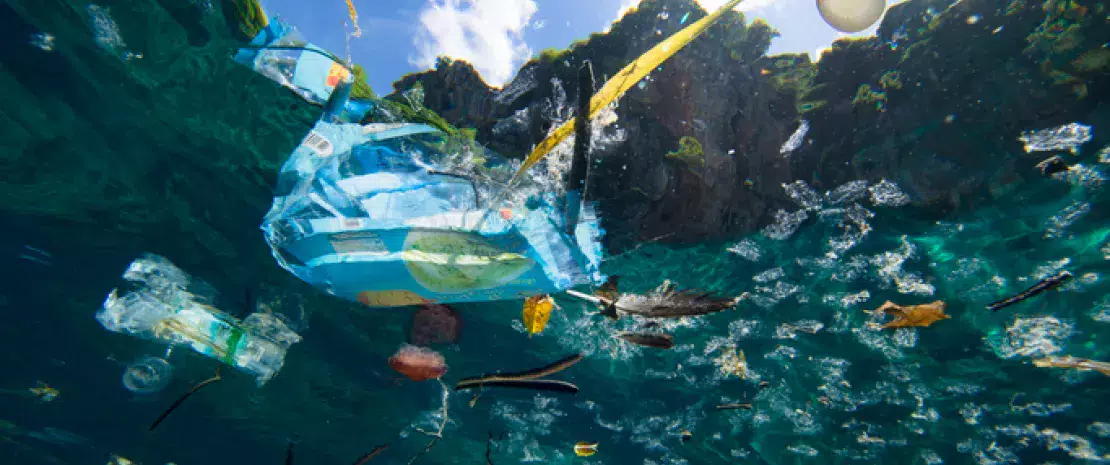The list of environmental damages caused by plastic waste polluting our oceans on the surface as well as at great depths keeps getting longer as research on this “seventh continent” has been advancing. An Australian team has just added another item to this sad list: plastic leachates, i.e. liquid pollutants produced by plastic waste under the effect of rainwater, among others, that carry solvents, metals, dyes, UV filters or fire retardants into the oceans.
A cocktail of bacteria and plastics
To assess the impact of these “leaching juices” on aquatic organisms, the researchers focused on the second lungs of our planet: Prochlorococcus, the most abundant bacteria in the oceans, which play a key role: they produce a large part of the oxygen we breathe. Prochlorococcus were cultured in a water medium for 72 hours with two types of common plastics, HDPE (high-density polyethylene) found in shopping bags, and PVC (polyvinyl chloride) frequently used in packages and construction.
PVC is more harmful than HDPE
Result: not only was the growth of bacteria lowered by plastic leachates, but their capacity to produce oxygen from water and light (photosynthesis) was also impaired, starting after only 24 hours. PVC turned out to be more detrimental. Its harmful effects appear at much lower doses than with HDPE. This could be explained by the quantity (almost twice as much) of substances released by PVC (more than 10,000 vs. near 6,000 for HDPE). Among them, there are metals such as zinc, which are used to make PVC fire-resistant, but also other “organic components” (made of carbon) that may be harmful to Prochlorococcus. Other studies are necessary to assess the havoc caused by this suffocating liquid plastic cover which keeps on growing: the mass of our plastic waste should be multiplied by ten in the next ten years.













